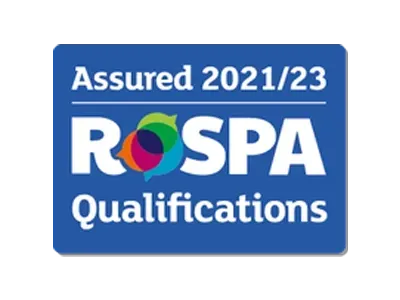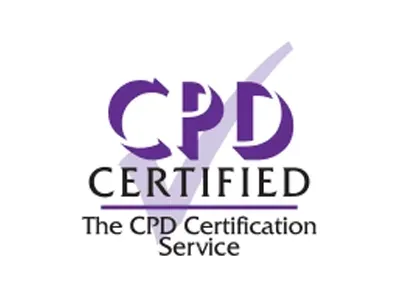Insight:
The Importance of Legionella Risk Assessment for Water Safety

When it comes to ensuring the safety of our water systems, there's one hidden threat that demands our attention: legionella bacteria. Legionella can cause severe illnesses, including the potentially life-threatening Legionnaires' disease. To safeguard the health and well-being of everyone who uses or comes into contact with water systems, a comprehensive legionella risk assessment is of utmost importance. In this article, we explore why legionella risk assessment is crucial for water safety and how it plays a vital role in preventing outbreaks and protecting public health.
Understanding Legionella and Its Risks
Legionella bacteria thrive in warm water environments, such as hot water tanks, cooling towers, and plumbing systems. When inhaled through aerosolized water droplets, the bacteria can lead to severe respiratory illnesses. This is why it's crucial to identify and assess the risks associated with legionella contamination in water systems.
Identifying Potential Hazards
A legionella risk assessment involves a thorough evaluation of water systems to identify potential hazards and areas of concern. Trained professionals, following industry guidelines and regulations, assess factors such as temperature, stagnation, biofilm formation, and inadequate water treatment. By examining these factors, the assessment aims to pinpoint any areas where legionella bacteria may thrive and pose a risk to public health.
Assessing Vulnerabilities and Compliance
The risk assessment not only identifies potential hazards but also assesses the vulnerability of the water system to legionella contamination. It evaluates the effectiveness of existing control measures and determines if they comply with industry standards and guidelines, such as HSG274 and ACOP L8. Compliance with these regulations is essential to ensure the safety and well-being of individuals using the water systems.
Mitigating Legionella Risks
Once potential hazards and vulnerabilities are identified, the risk assessment provides valuable insights and recommendations for mitigating legionella risks effectively. These recommendations may include implementing control measures like temperature monitoring, regular system flushing, adequate disinfection protocols, and maintenance schedules. By taking proactive steps to address these risks, water system owners can significantly reduce the chances of legionella proliferation and the associated health risks.
Ongoing Monitoring and Compliance
A legionella risk assessment is not a one-time task but rather an ongoing commitment to water safety. Regular monitoring and testing are essential to ensure that control measures remain effective and that any emerging risks are promptly addressed. This ongoing monitoring helps to maintain compliance with industry regulations and provides peace of mind for water system owners and users alike.
Legionella risk assessment is a critical component of maintaining water safety and preventing legionella-related illnesses. By identifying potential hazards, assessing vulnerabilities, and implementing appropriate control measures, water system owners can significantly reduce the risks associated with legionella contamination. Regular monitoring and compliance with industry guidelines ensure the ongoing safety of water systems. At
Complete Water Care, we understand the importance of legionella risk assessment and offer comprehensive services to help you safeguard your water systems and protect public health. Contact us today to schedule a risk assessment and take proactive steps towards ensuring water safety.




